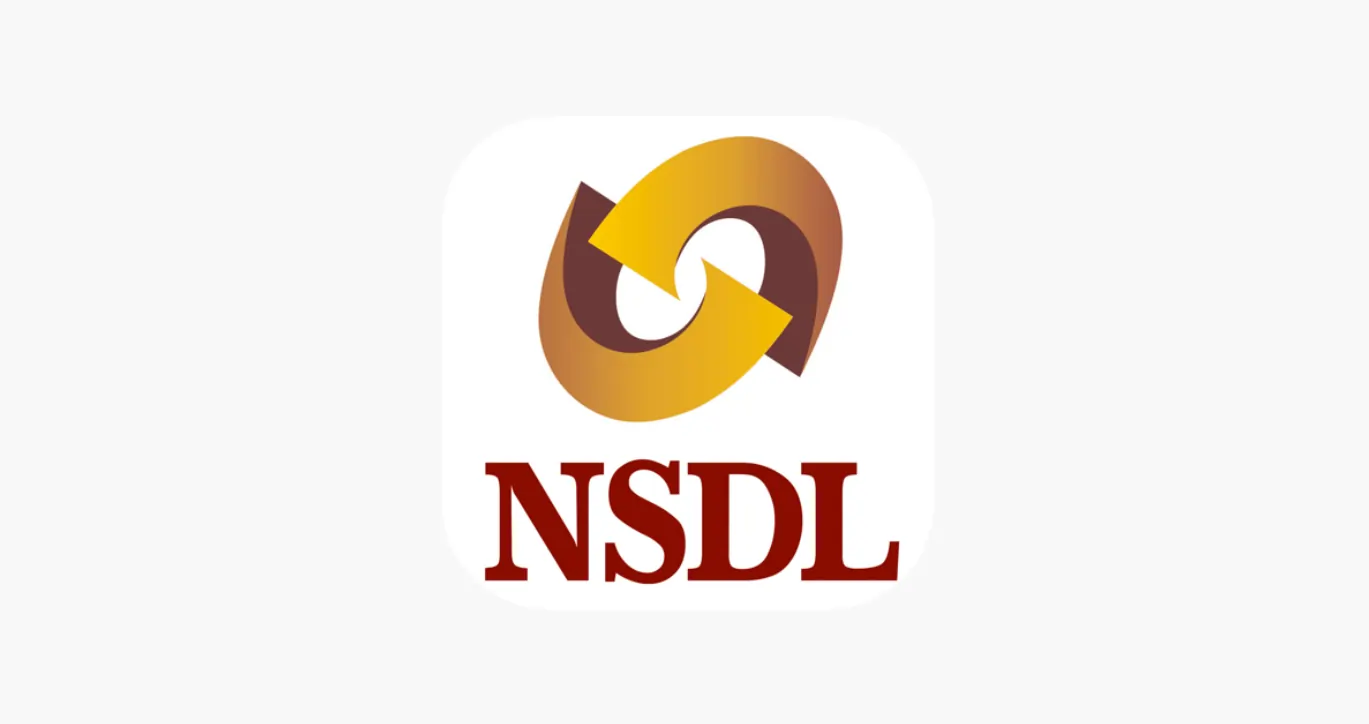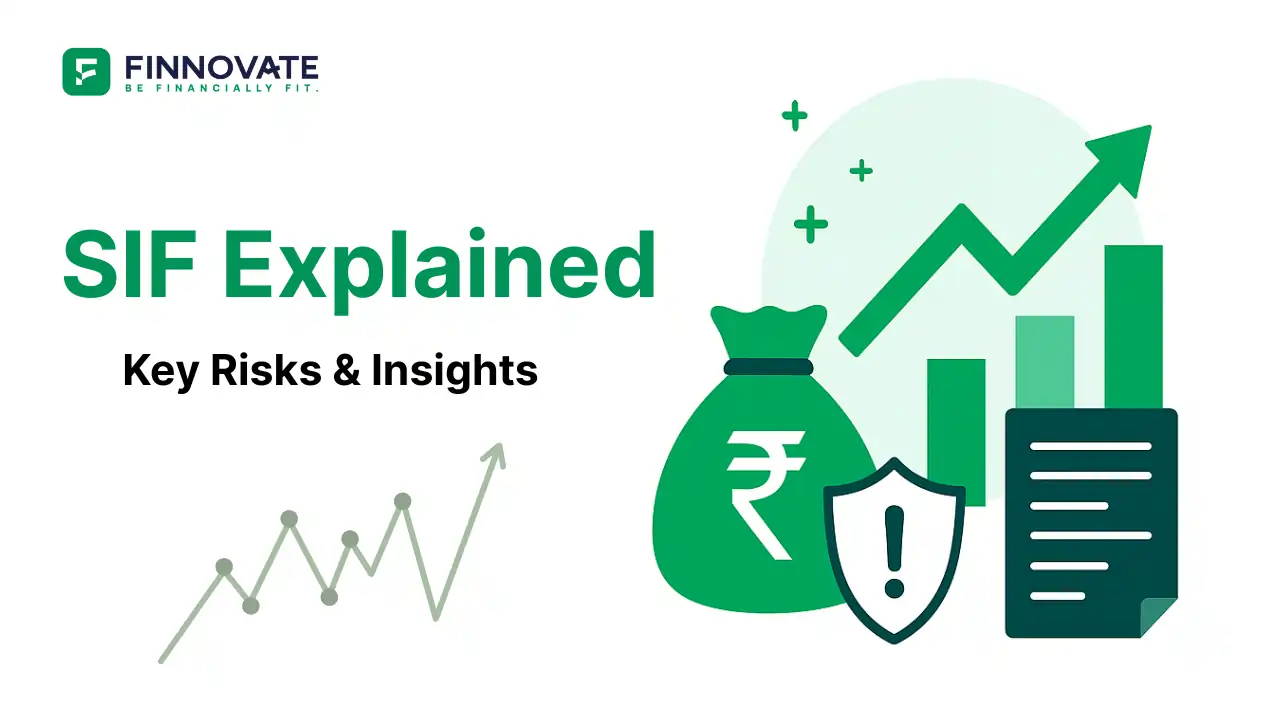
Warren Buffett Retires: Is Long-Term Investing Reaching Its Limits?
Warren Buffett’s retirement raises a bigger question for investors - can “hold forever...
A Specialized Investment Fund (SIF) is a newly introduced investment option in India, designed for investors who want more flexibility than traditional mutual funds - but don't qualify or wish to invest the ₹50 lakh minimum required in a Portfolio Management Service (PMS).
Think of a SIF as a mid-level investment vehicle:
A SIF is managed by a professional fund manager and allows investors to participate in custom strategies like private credit, thematic equity, or structured debt, with a minimum investment of ₹10 lakh. These funds are governed by SEBI (Securities and Exchange Board of India) under a new framework rolled out in 2024–25.
India’s investment landscape had a noticeable gap:
| Product | Minimum Investment | Flexibility | Target Audience |
|---|---|---|---|
| Mutual Fund | ₹100–₹500 | Low | Retail Investors |
| PMS | ₹50 lakh | High | Ultra-HNIs |
| ❗ Gap | - | - | HNIs with ₹10–50 lakh |
SEBI launched the SIF framework to fill this void. It offers:
SIFs now allow wealth managers and AMCs to offer tailored portfolios to a broader base of sophisticated, non-retail investors - without diluting compliance and investor protections.
Yes, SIFs in India are formally regulated by SEBI.
Here’s how it works:
This makes SIFs a trusted option, with the credibility of AMC structures and regulatory guardrails similar to mutual funds - but with greater flexibility and a higher risk-reward profile.
The minimum investment amount for a Specialized Investment Fund (SIF) in India is ₹10 lakh per investor, per PAN, across all SIF strategies offered by a fund house.
So if you're investing in multiple SIF schemes from the same AMC - your combined investment must total at least ₹10 lakh.
According to SEBI, you qualify if you meet either of these:
This is one of the most searched queries - and rightly so. On the surface, both SIFs and mutual funds are regulated by SEBI, are managed by professional AMCs, and pool money from investors.
But they differ drastically in:
| Feature | SIF (Specialized Investment Fund) | Mutual Fund (MF) |
|---|---|---|
| Regulator | SEBI | SEBI |
| Min. Investment | ₹10 lakh (unless accredited) | ₹100–₹500 |
| Investor Type | HNIs, Professionals, Accredited Investors | Retail, HNIs, Everyone |
| Strategy Flexibility | High (thematic, credit, hedge, etc.) | Low to moderate (predefined schemes) |
| Liquidity | Low – exit rules apply | High - daily redemptions allowed |
| Transparency | Moderate (quarterly/semi-annual updates) | High (monthly portfolio disclosures) |
| Risk Level | Medium to High | Low to Medium (depending on category) |
| Taxation | 20% STCG / 12.5% LTCG (no indexation) | Depends on holding & fund type (equity/debt) |
SIFs are for serious investors who want more control and access to niche strategies - but can also handle higher risk and lesser liquidity. Mutual funds remain the best choice for simplicity, liquidity, and regulated transparency.
Now that you understand the difference between SIF and Mutual Funds, here’s another common query:
"How is a SIF different from PMS or AIF?"
Let’s break it down simply:
Here’s a comparison you can rely on:
| Feature | SIF | PMS | AIF |
|---|---|---|---|
| Regulator | SEBI | SEBI | SEBI |
| Minimum Investment | ₹10 lakh | ₹50 lakh | ₹1 crore |
| Investment Format | Units of pooled fund | Direct stocks held in client name | Units in pooled fund |
| Strategy Flexibility | Moderate–High | Very High | Very High |
| Liquidity | Limited (exit window-based) | Very Limited (custom exits) | Mostly closed-end, long lock-in |
| Tax Treatment | Fund-level (no indexation) | Investor-level capital gains | Category-dependent (pass-through in Cat I/II) |
| Transparency | Moderate | High (per holding shown) | Low–Moderate |
| Ideal For | HNIs with ₹10–50L and risk appetite | Ultra-HNIs seeking control | Institutions or HNIs with long-term view |
SEBI has clearly defined the types of investment strategies a SIF can follow, offering enhanced flexibility while keeping investor protection intact. All permitted strategies fall into three broad categories:
Source: Cyril Amarchand Mangaldas Blog
Specialized Investment Funds (SIFs) generally have less liquidity and more restricted exit rules compared to traditional mutual funds. This is because SIFs are meant for sophisticated investors who are comfortable with higher risk and longer investment horizons.
Sources: SCC Online, The Economic Times, Zerodha Fund House
If you're considering a SIF, be aware that liquidity is not instant. Always check the lock-in period, exit terms, redemption window, and notice period before investing.
SIFs are structured similarly to equity mutual funds, and their taxation aligns with mutual fund regulations. Here’s a breakdown:
| Capital Gains Tax | Holding Period | Old Rate | New Rate |
|---|---|---|---|
| Short-Term Capital Gains (STCG) | Less than 12 months | 15% | 20% |
| Long-Term Capital Gains (LTCG) | More than 12 months | 10% | 12.50% |
No Indexation Benefit: This change affects the overall tax liability, potentially increasing it for long-term investors.
SIFs are not low-risk products. They are designed for investors who can take higher risks for potentially better returns than traditional mutual funds.
SIFs are suitable for HNIs and professionals who understand investment risk and want more control and customization in their portfolio. They are not ideal for conservative investors who seek predictable returns and easy liquidity.
SIFs aren’t available on regular investment platforms - but that doesn’t mean they’re hard to access. Here’s a simple path to get started:
Always invest via a licensed wealth advisor or directly through the AMC to ensure full compliance and transparency.
Our SEBI-registered financial advisors can help you assess if Specialized Investment Funds – or any investment – fit your long-term wealth plan. No jargon. Just clarity.
Talk to a Financial AdvisorSIFs are not built for everyone - they are positioned between mutual funds and PMS/AIFs, catering to a very specific investor profile.
| Profile | Details |
|---|---|
| High Net-Worth Individuals (HNIs) | With ₹10–50 lakh to invest, who find mutual funds too restrictive but don’t want to commit ₹50 lakh to PMS |
| Accredited Investors | With a proven income (₹2 crore+) or net worth (₹7.5 crore+), seeking alternative asset access |
| Doctors, Entrepreneurs, Professionals | Especially those with rising wealth and looking for structured, flexible, and high-return strategies |
| Informed Investors | Those who understand market cycles, liquidity risks, and long-term capital allocation |
If you’re at a stage where your financial life needs more control, curated strategy, and long-term wealth creation - and you’ve outgrown mutual funds but aren’t ready for PMS - SIF might just be your next step.
But remember: with greater flexibility comes higher responsibility. Make sure you consult with a SEBI-registered advisor or AMC before you begin.
SIFs are ideal for investors who want more flexibility than mutual funds but don’t meet the ₹50 lakh PMS requirement. With a ₹10 lakh entry point, SEBI regulation, and access to advanced strategies - they strike the right balance for informed HNIs.
Not suitable if you need daily liquidity or are new to market-linked investments.
Disclaimer:This article is for educational purposes only and is not financial advice. Please consult a SEBI-registered advisor before investing.
Popular now

Learn how to easily download your NSDL CAS Statement in PDF format with our step-by-step g...

Explore what Specialised Investment Funds (SIFs) are, their benefits, taxation, minimum in...

Learn How to Download Your CDSL CAS Statement with our step-by-step guide. Easy instructio...

Looking for the best financial freedom books? Here’s a handpicked 2026 reading list with...